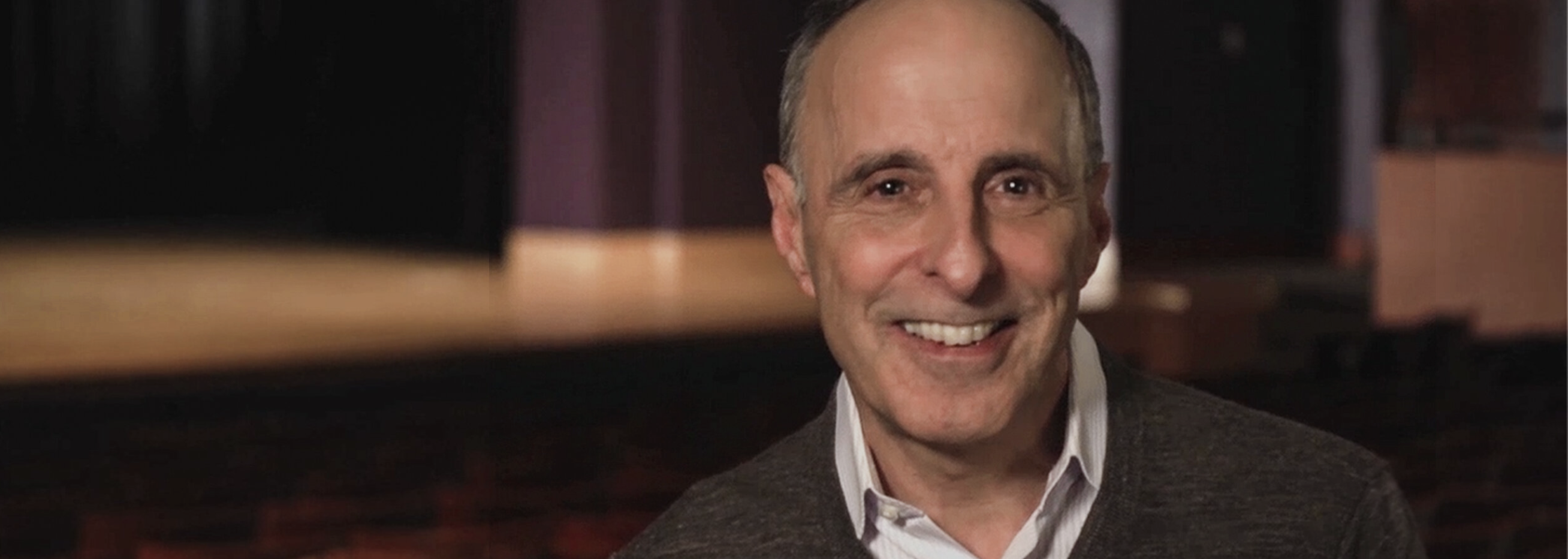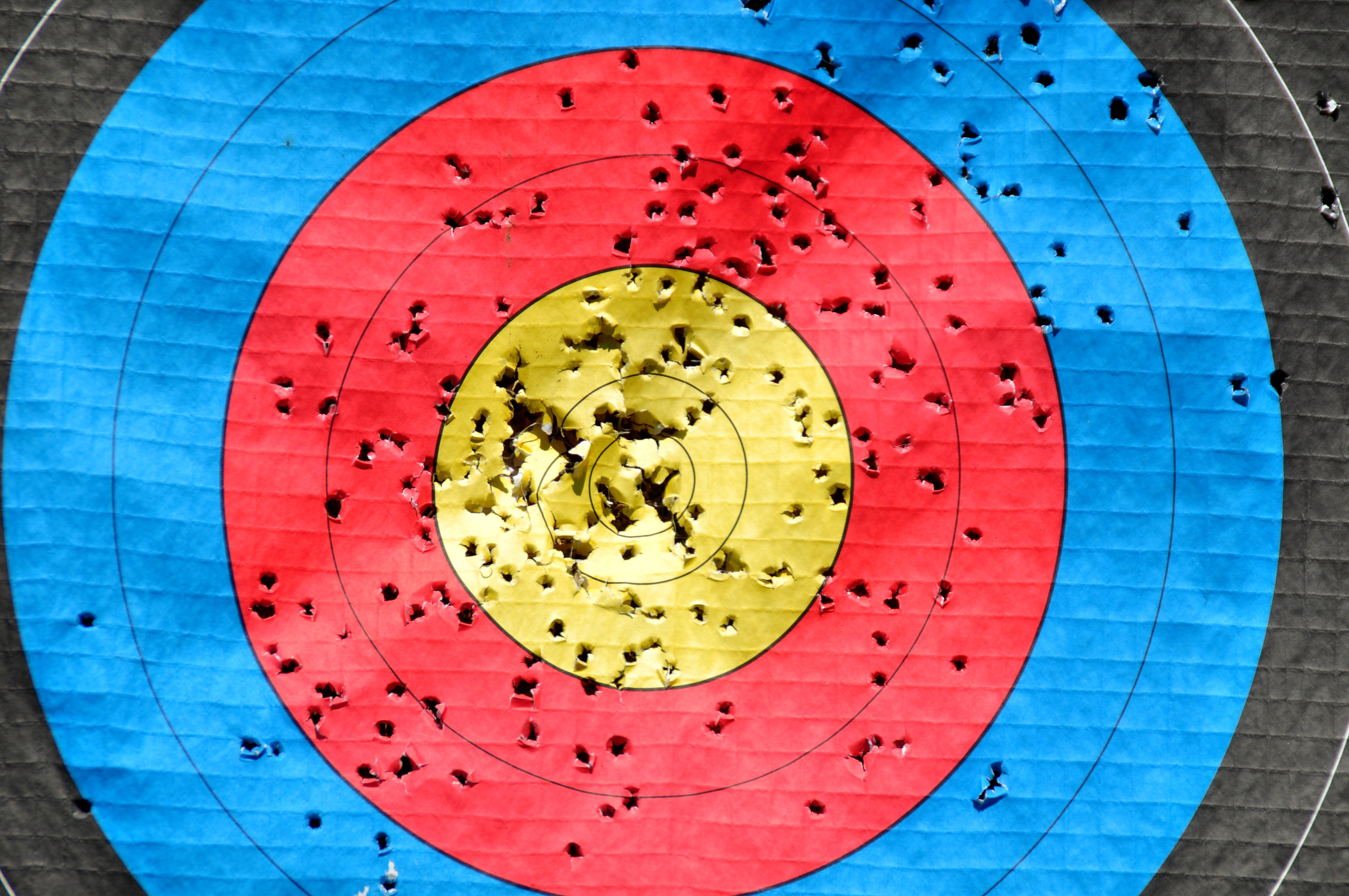How many times should you practice a speech or presentation? The good news is, not as many times as you think. (It will also make you more effective!)
Hi everyone, and thanks for coming. Today, we're going to ruffle some feathers.
I'm going to tell you why you shouldn't practice your speech or presentation as many times as the prevailing wisdom has been advising you.
Speaking of dynamic performances, have you seen the Public Speaking Handbook, How to Give a Speech? You'll find 101 great tips. Click that link or the image below!
You say you have a 60-minute talk coming up? Well, depending on the "expert" you find online, you should self-commit to rehearsing that talk from ten times (oh, you slacker!), to thirty times. Yes, that's 30 run-throughs of that speech.
This is nonsense. Let's look at the question of "How many times should you practice a speech?" from the perspective that's going to help you most: live performance.
Great performances and charisma go hand-in-hand. Find out how to build credibility and wow audiences. Get my Free ebook, 12 Easy Ways to Achieve Presence and Charisma.
I Robot Is a Novel and Movie, Not a Game Plan
Before we go a little deeper, we should get a related question out of the way: Is it possible to over-rehearse? Here again, the top-of-mind-answer probably isn't the right one. The correct answer is no, over-rehearsal isn't the problem when it comes to stale delivery. Instead, it's what we might call "mis-rehearsing." In a nutshell, that means concentrating only on the speech's content, rather than the most important skill you need: connecting with the audience.
What goes wrong in situations where a speech is practiced over and over again to the point of diminishing returns? It's this: repeating your delivery exactly the same way each time calcifies your performance. Or, to use the metaphor inherent in the sub-head above: you turn yourself into a robot.
This happens for two reasons. First, you're concerning yourself with getting the delivery of your speech perfect (or as perfect as you can make it). This is especially true if you have any anxiety over your performance. (We can call this response the, "I'll prepare it all perfectly so nothing can go wrong.") Preparing this way is self-defeating, since it is the in-the-moment aspect of having a conversation with an audience that makes an in-person performance valuable. If you're basically reciting everything "just so," you're in a past moment, and not responding to what's going on between you and your listeners right now.
What about practicing to speak for leadership? You're always leading when you speak! Learn how to excel at it with my book, Speak for Leadership. Click below for more.
Hey, You're Fresh. Good For You!
That brings us to the second reason that mis-rehearsing is detrimental: you're locking in place a physical performance that is set in stone. (Or, to use our second metaphor again: programmed into the robot's code so that it can't be changed.) In practical terms, this means that you will look, sound, and move in predictable and never-changing ways, because you've always done it this way.
When it comes to effective delivery, your vocal skills are key. Improve your business voice! Download my Free e-Guide, The One Habit That Will Make You a Better Speaker.
I guarantee it: If you go through your one-hour speech thirty times, you'll use the same intonation at every point in the speech, and you'll make that gesture here every time you come to this passage. Because you've invested so much time and energy in delivering the speech this way, nothing is ever going to change, especially in front of an audience. Trying something different at this point would likely terrify you!
Remember: your value to an audience isn't vomiting up content. Your slides, spreadsheets, and handouts have that covered. But only you can make your data fresh and exciting. In fact, that's your job when you present. The great theater director John Barton advises actors to invent the phrase as they say it. In other words, make it sound like you just came up with this way to make this vital point. There isn't a PowerPoint slide ever invented that can do that.
Want more on connecting with audiences? Download my Free resource, "Great Speaking? It's About Performance Over Content." Learn how to establish rapport and gain influence!
What's the Right Way to Practice?
Here's another reminder: you almost certainly know your content as well as you need to by the time you're rehearsing for your performance. So, don't beat it to death. Spend your time practicing in a way that excites you as much as it will your listeners.
Let's face it: when you're energized and pumped up, you can hear and feel it. And that means recognizing that your audience will hear it and feel it too. Discover more and more ways to express what you're saying so that it rings true for listeners. Don't get all robotic as you present data. Tell the human story behind that data, in a way that relates to these humans in these seats. What you're saying will now resonate with them . . . which is the whole point.
What About Physical Expressiveness? When it comes to body language—the essential physical expression of your content—let your gestures arise spontaneously. Another way to say this is, create the conditions for the gesture, not the gesture itself. "Conditions" means your inner thoughts and feelings. Invest yourself in what you're saying, and the gesture that arises will be truthful. (Contrast that with the gesture you're using because you've done so in every one of your thirty practice sessions!) Even if you were to deliver this speech twenty times, your vocal inflection and gestures should be slightly different even when you say the same thing.
And the answer to the title question in this article? — Three to five times. Less than three is only going through it once or twice. Practice the same speech more than five times, and you'll notice the robot walking through the door. Once again: don't worry about getting what you're saying exactly right. To do that is to give your listeners less than they—or any audience—deserves.
You should follow me on Twitter here.

Gary Genard is an actor, author, and expert in public speaking and overcoming speaking fear. His company, The Genard Method offers live 1:1 Zoom executive coaching and corporate group training worldwide. In 2022 for the ninth consecutive year, Gary has been ranked by Global Gurus as One of the World’s Top 30 Communication Professionals. He is the author of the Amazon Best-Seller How to Give a Speech. His second book, Fearless Speaking, was named in 2019 as "One of the 100 Best Confidence Books of All Time." His handbook for presenting in videoconferences, Speaking Virtually offers strategies and tools for developing virtual presence in online meetings. His latest book is Speak for Leadership: An Executive Speech Coach's Secrets for Developing Leadership Presence. Contact Gary here.





